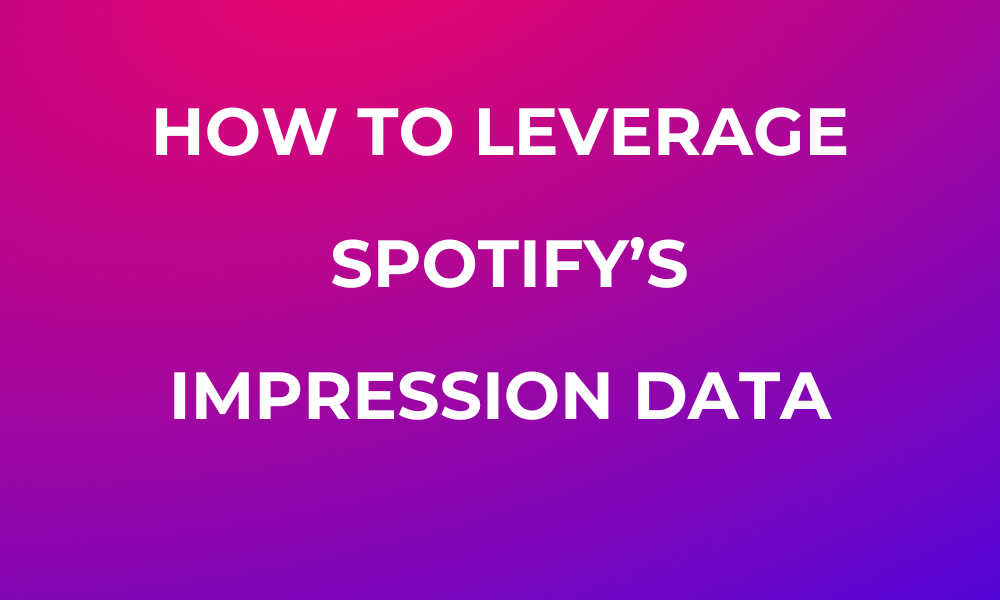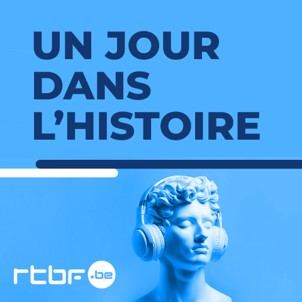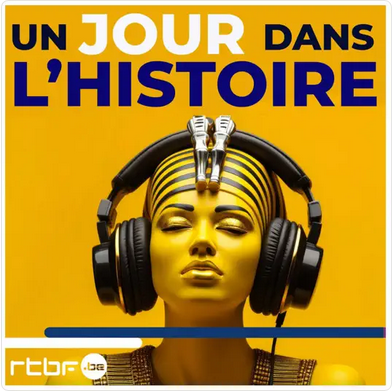
In the rapidly evolving world of podcasting, success hinges not only on creating engaging content but also on understanding and leveraging the right tools to amplify visibility across major platforms like Spotify. With the latest update to Spotify for Podcasters, a new metric has emerged that is setting new benchmarks in the industry: impressions.
This data-oriented addition to the analytics offered by Spotify marks a crucial step for audio publishers aiming to boost their reach and grow their audience. Podcasting is slowly but surely getting closer to being as data-driven as the web and app ecosystems.
What are Podcast Impressions? Why does it matter?
Impressions are defined as the number of times your podcast cover art and metadata appear in Spotify’s search results, on the homepage, or within a user’s library. This metric is extremely valuable because it gives a preliminary gauge of your podcast’s reach before a listener presses play.
Impressions are often considered currency in the online world, and maximizing impressions is key to maximizing the reach of your content. As we like to say at Audiotiq, “To be heard, your content first needs to be seen.” Impressions measure how often your content is seen—not heard but seen within the listening apps.
Furthermore, Spotify’s data allows podcasters to understand how users discover their shows on Spotify. This information is extremely valuable for determining where to focus your marketing/growth efforts.
If your search results are not predominant, it’s probably time to give Podcast Visibility Optimization. Just like with new marketing data, being among the first to leverage it and take action will give you an incredible edge against your competitors. Just like what we noticed in the early days of what is now called the mobile app industry.
Where to find the new Podcast Impressions dashboard?
Step 1: Log into Spotify for Podcasters
Step 2: Pick the podcast you want to look at
Step 3: Check your total impression data

Step 4: Click on the audience tab to get more details

There, you will find the two interesting charts next to each other:
- Impressions by day for the last 30 days (line chart)
- Impression by source for the last 30 days (bar chart)

Why are Spotify Impressions important for Podcast Visibility Optimization?
First of all, Spotify Impressions data validates the importance of Podcast Visibility Optimization (PVO). During our workshops with clients, all were surprised by the predominance of “Spotify Search” in impressions. This emphasizes the need to work on optimizing the show’s visibility.
To summarize, PVO consists in both optimizing the visibility of your shows within the listening platforms AND the conversion from “seen the assets” to “pressed listen”. If you want to dig deeper, we have created the first and most complete framework for Podcast Visibility Optimization.
Spotify impression data gives you a good idea of how you perform in terms of overall visibility within the platform. To get into the details at a keyword level and optimize your ranking, you can then rely on your Audiotiq dashboards.
When it comes to conversion, you get a conversion rate by dividing the downloads on Spotify by the number of impressions. From there, you can work on optimizing the conversion rate by modifying some of your show’s assets. The biggest levers are the cover art and the titles (show and episode).
What can publishers now implement and measure? What kind of results can they expect?
The Spotify impression data that is available opens many doors. First, it enables publishers to finally track the visibility of their show within the platform and understand how users discover their shows via the Home, Search, Library, or other Spotify features.
- Spotify Home: When a user is on the homepage of her Spotify app (web or mobile), and Podcasts are recommended, either because the user has subscribed or the Spotify recommender engine believes the show will be of interest
- Spotify Search: When the show appears on search queries from users
- Spotify Library: When the show appears on the user’s library because the user is following your show
- Spotify feature: When Spotify promotes your show,
With that information, you can track and improve your show’s visibility. If your search numbers are going up, this means your PVO (link) efforts are paying off.
Second, the Spotify impression data allows you to derive additional metrics to conduct tests.
The main metric is the Click-Through Rate (CTR), i.e., the ratio of users clicking on your assets to users seeing your assets. The higher the CTR, the better; it means you convert users to listeners. Many factors have an impact on the CTR:
– Your Metadata (show or episode title, publisher name, first few words of the description)
– Your Cover Art (show or episode)
Most smart publishers use this data to test different cover art and determine which one offers the best CTR. Here are examples that the team at RTBF is currently conducting:




At Audiotiq, we have seen podcasts double their CTR (admittedly from a low base) while most enjoy a 20% to 30% increase. Competent A/B testing of a well-designed cover art still remains the best way to discover the best design to maximize your audience.
How to A/B test the cover art of your podcast?
First, let’s define A/B testing. A/B testing compares the performance of two versions (A and B) of a cover art to identify the one that performs better. It’s a method that helps you make decisions based on real data rather than just guessing. A/B tests are extremely common in the online world (web and mobile), where publishers test pretty much anything: website/app layouts, email subject lines, button text, colors…etc.
To A/B test your cover art, you need to create two different versions while all other parameters remain the same. This means your metadata will not change while you test your cover art. Then, you will show these two versions to two similarly-sized audiences and analyze which one performed better.
You can test those two simultaneously in the web and app worlds by directing traffic to two different pages. However, within Spotify and other listening platforms, you can’t. This means you need to run the two cover art one after the other, which is not ideal.
We recommend you run it over a long enough period of time to have a large enough sample size for the test to have any significance. You will find plenty of A/B test significance calculators online, such as this one from Convertize.
Depending on your show’s impressions, this could be a few days, weeks, or months. Keep in mind the seasonality that impacts listeners’ behavior: impressions tend to decline during summer breaks, and the listeners’ appetite for sports or new habits is typically higher in January.
The most advanced publishers keep testing: A vs. B, then the winner vs. C, then the winner vs. D….etc.
What are the current limitations of the Spotify Impressions data?
No complete funnel view
Imagine being able to see the full user flow from impression to start and streams: this would have been a true killer feature for any podcast market. Matching streams with search impression data would have been the simplest, most reliable way to measure the impact of PVO.
Streams and downloads are not the same event, but calculating your stream/download ratio would have been the only extra step required to get a clear number of downloads.
Limited time range
Spotify only shows the last 30 days of data, and there’s currently no way to recover historical data. Our tip: set a weekly reminder in your calendar and save the data on a spreadsheet.
No data export
With the current version of the dashboard, you have to save the data manually in a separate spreadsheet… Since you can’t export the data, this implies copying and pasting, which is always error-prone. Let’s hope someone at Spotify corrects this: it would make everyone’s life so much easier.
Conclusion
While not perfect, the Spotify impression data is a significant improvement for any publisher serious about understanding and growing its audience. It allows you to understand how listeners discover your podcasts and highlights the levers, such as PVO, you could pull to grow your audience. And if you need help making the most of the dashboard, don’t hesitate to reach out.
